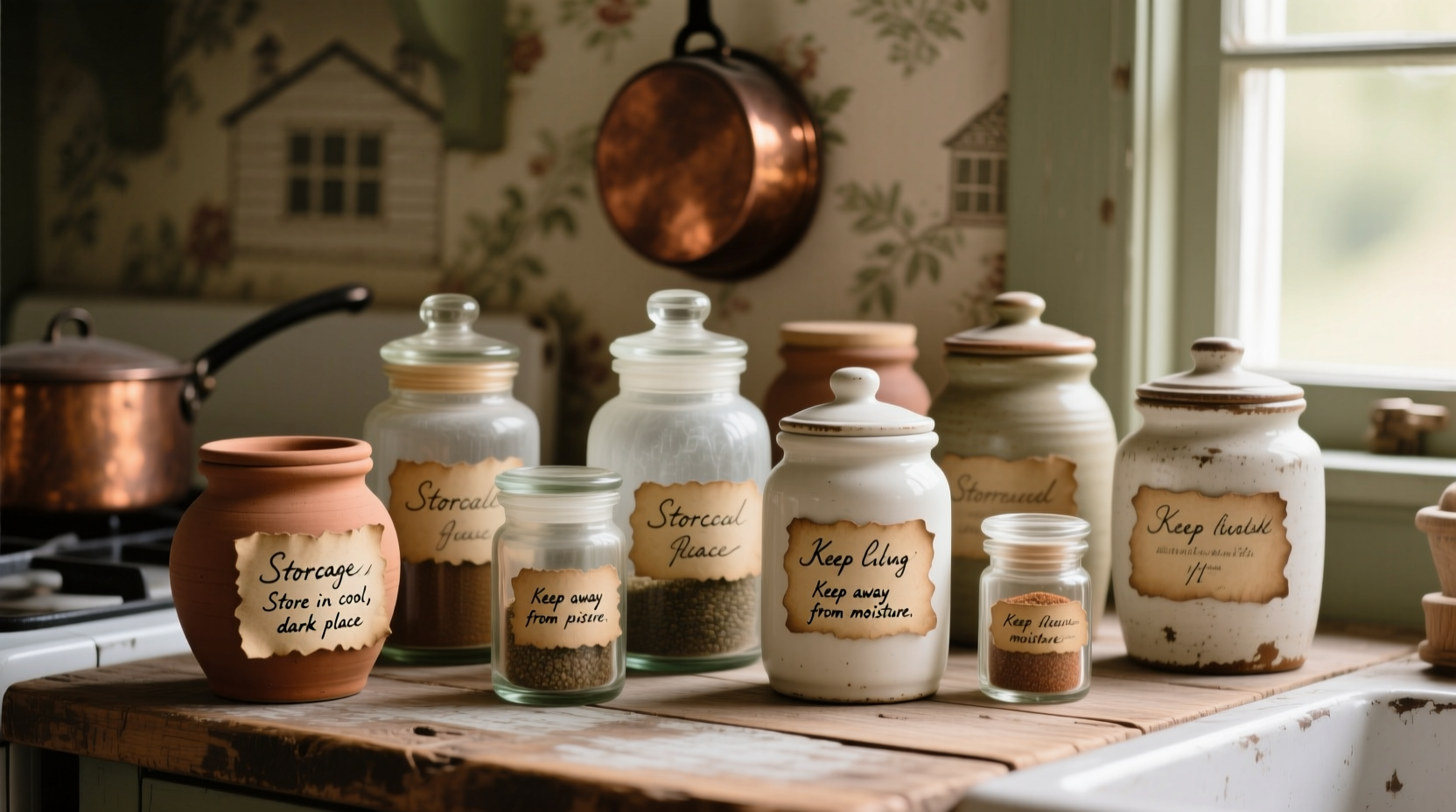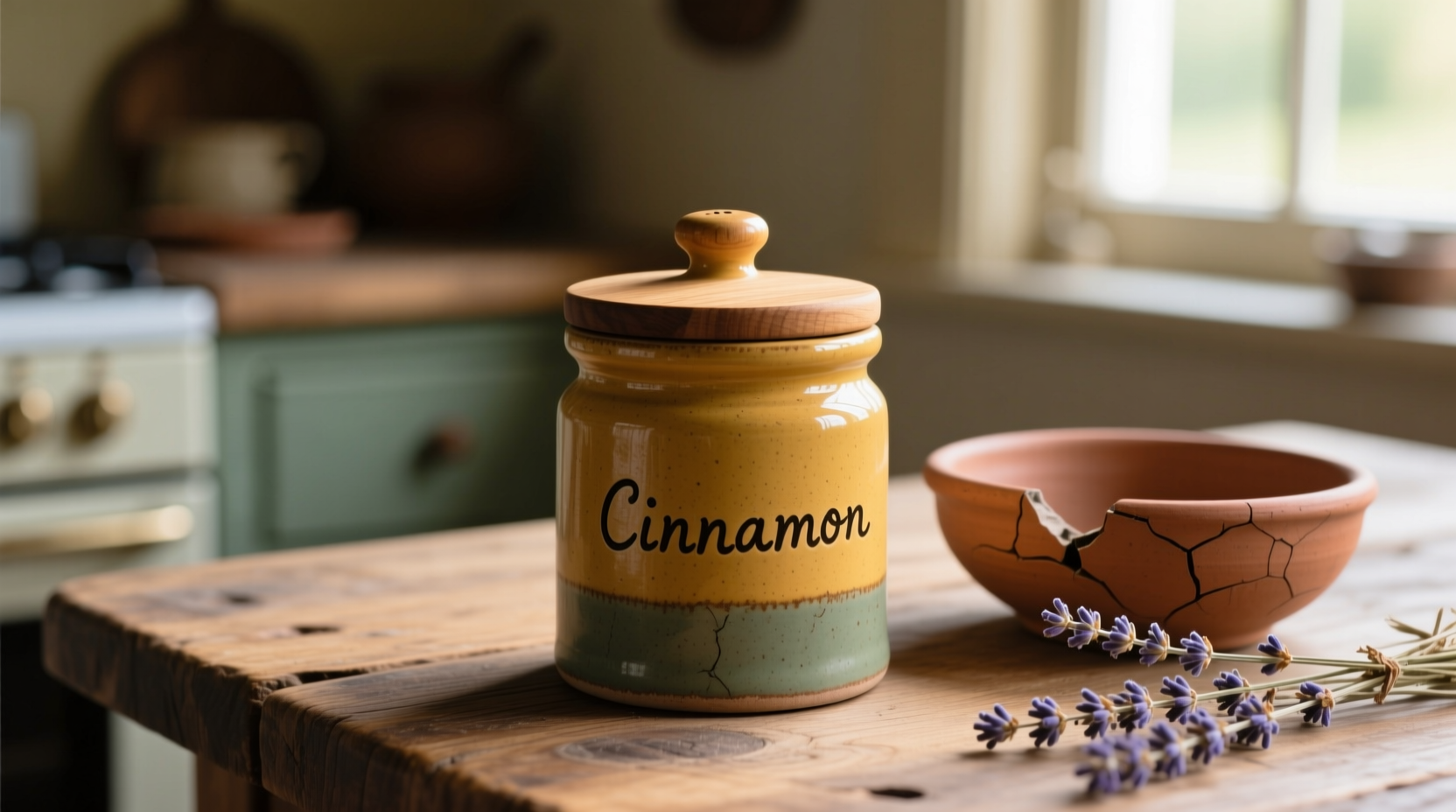Ever opened a spice jar only to find the vibrant color faded and the aroma barely detectable? You're not alone. Proper spice storage directly impacts flavor intensity, culinary results, and even food safety. Understanding how to maximize the shelf life of your jarred spices transforms ordinary cooking into extraordinary dining experiences while saving money through reduced waste.
The Science Behind Spice Degradation
Spices don't technically spoil in the way perishable foods do, but they gradually lose potency through chemical degradation. The essential oils and compounds responsible for flavor and color break down when exposed to environmental factors. According to research from the University of California Agriculture and Natural Resources, light exposure alone can degrade spice compounds by up to 20% within three months.
| Factor | Impact on Spice Quality | Time to Noticeable Degradation |
|---|---|---|
| Light | Breaks down essential oils and pigments | 3 months (visible color loss) |
| Air/Oxygen | Causes oxidation of volatile compounds | 6 months (reduced aroma) |
| Moisture | Promotes clumping and microbial growth | Immediate (if introduced) |
| Heat | Accelerates all degradation processes | 1 month at 90°F (2.5x faster decay) |
Jarred Spices vs. Alternative Storage Methods
While glass jars remain popular for spice storage, not all containers perform equally. The U.S. Food and Drug Administration notes that airtightness and light protection are the two most critical factors for preserving spice quality.
Consider this comparison of common storage options:
- Amber glass jars with tight-sealing lids – Best overall choice, blocking 95% of light while providing complete airtight protection
- Clear glass jars – Good airtight properties but poor light protection (store in dark cabinet)
- Plastic containers – May absorb oils over time, potentially transferring flavors
- Original spice packaging – Often not truly airtight; transfer to proper containers immediately

Optimal Storage Practices for Jarred Spices
Simply transferring spices to jars isn't enough. Follow these evidence-based practices to maximize shelf life:
Container Selection Criteria
Choose containers with these specific features for optimal spice preservation:
- Dark-tinted glass (amber or cobalt) blocks harmful UV rays
- Threaded lids with silicone gaskets create true airtight seals
- Small capacity (4oz or less) minimizes air space when partially filled
- Wide mouths allow easy access without prolonged exposure
Strategic Kitchen Placement
Your spice cabinet location matters more than you might think. The USDA National Institute of Food and Agriculture recommends storing spices in a cool, dark place away from heat sources. Avoid these common mistakes:
- Never store spices above the stove or near the dishwasher
- Avoid cabinet doors that face south or west (more heat exposure)
- Keep at least 12 inches away from any heat source
- Maintain consistent temperature below 70°F (21°C)
Recognizing When Spices Have Lost Potency
Unlike perishable foods, spices rarely become unsafe, but they do lose effectiveness. Use this three-step freshness test:
- Visual inspection – Compare color to fresh spices; significant fading indicates degradation
- Aroma test – Rub between fingers; weak or musty smell means diminished quality
- Taste test – A small pinch should deliver strong, characteristic flavor
For critical culinary applications, consider replacing ground spices after 9 months and whole spices after 18 months, even if they appear acceptable. This "best by" guideline comes from the Food Safety and Inspection Service recommendations for optimal flavor retention.
Advanced Techniques for Maximizing Shelf Life
For serious home chefs and spice enthusiasts, these professional methods extend freshness beyond standard storage:
- Vacuum sealing – Removes oxygen that accelerates degradation (ideal for bulk purchases)
- Oxygen absorbers – Small packets placed in jars capture residual oxygen
- Freezing whole spices – Preserves potency for 2+ years (thaw before grinding)
- Batch grinding – Only grind what you'll use within 2-3 weeks for maximum freshness
Spice-Specific Storage Guidelines
Different spices have varying stability. This reference chart helps you manage your collection:
| Spice Type | Whole Form Shelf Life | Ground Form Shelf Life | Special Considerations |
|---|---|---|---|
| Cinnamon | 3-4 years | 1-2 years | Sticks maintain quality longer than ground |
| Cumin | 2-3 years | 6-12 months | Strong aroma fades quickly when ground |
| Paprika | N/A | 6-9 months | Highly sensitive to light; use dark containers |
| Vanilla beans | 2 years | N/A | Store with sugar to preserve moisture |
| Saffron | 2-3 years | 6 months | Extremely light-sensitive; requires complete darkness |











 浙公网安备
33010002000092号
浙公网安备
33010002000092号 浙B2-20120091-4
浙B2-20120091-4